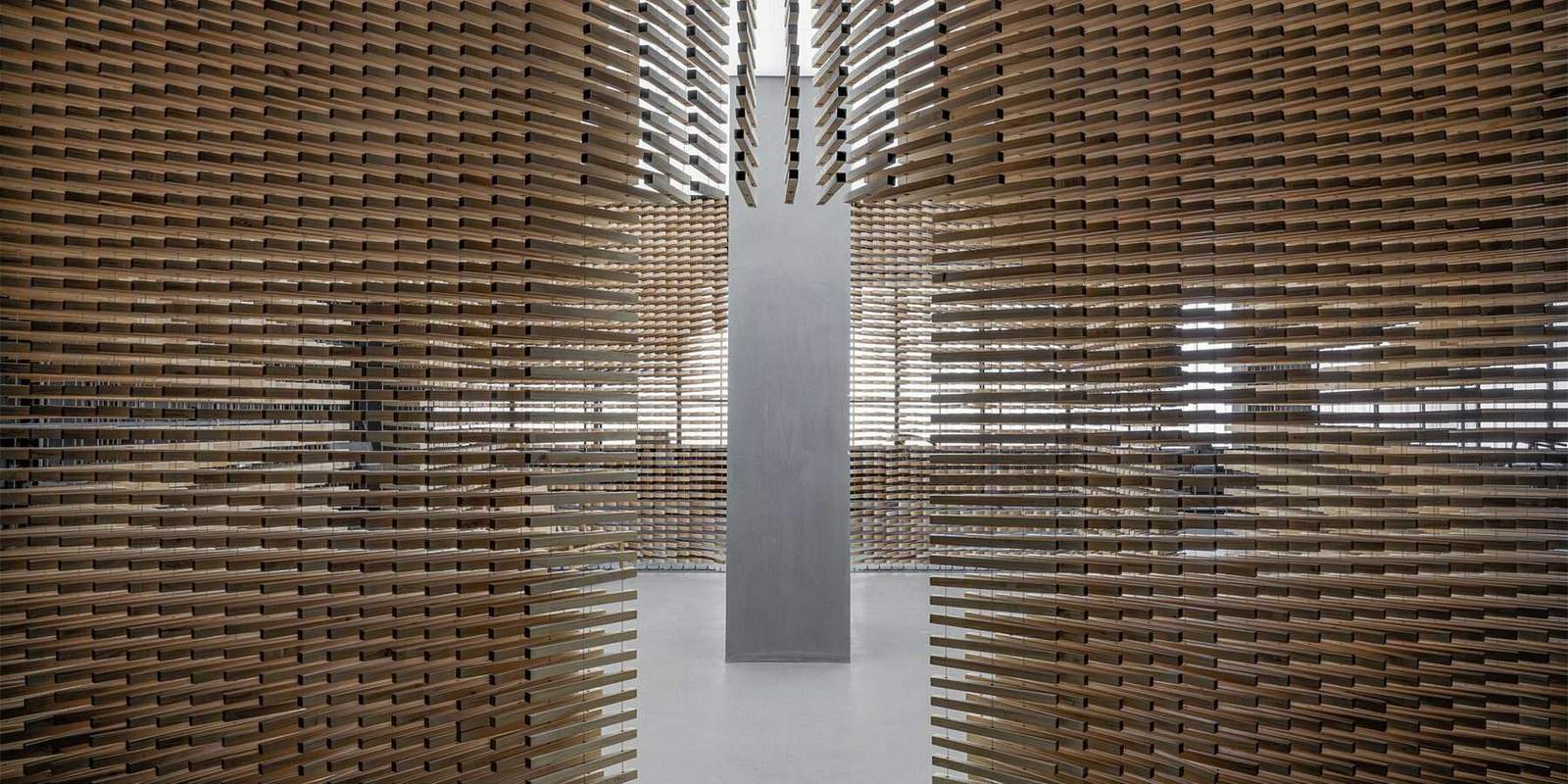Future possibilities for Saudi architecture
There is general agreement that architecture acts as a conduit for direct and indirect cultural discussion within a community. Illuminating the linkages between social, political, economic, and frequently technological spheres. And if we think of architecture as a cultural state undergoing constant change. This means that we will come across numerous changes that frequently take place in the architecture’s structure without our awareness. But catch our attention once it takes shape and emerges as a distinct and recognizable state. This prompts us to inquire about what we could refer to as “Saudi architecture.” Is this architecture still being formed, and will its characteristics eventually become apparent? If so, can we map out a course to arrive at consensus-based interpretations of the Kingdom’s future structure?
Neum and the Saudi individual
The aforementioned leads us to a preliminary argument about the “Neom” region and the city of The Line. And it is a related proposal if we consider that what is happening in that region expresses both the current Saudi personality and its goals, as well as controversial future ideas about which there has been much debate.
The Line City upends all prior theories of city design with its novel configuration. With a length of 170 kilometers and a formation squeezed between two buildings with a combined height of 500 meters and external walls shaped like mirrors, it sparked debate among those interested in architecture and urban critics about the difficulties such a long and tall city might encounter when only 200 meters in width. It appears that these critics are in agreement that turning this city into a reality will present significant challenges. But they also concur that the bold idea that defines the city of the line will alter the rules of the urban game throughout the world. And not only present useful sustainability concepts but also lead Future technology to unimaginable heights.
We should view Calligraphy City as a symbol of the Kingdom’s capacity to bring significant change in the world. This encounter stands in for the engine that propels Saudi architecture towards the future and situates it within the wider surroundings that influence modern notions of urbanization. Saudi architecture’s origins. Is the future architecture expected to reject its foundations and roots or is there something that may be disclosed that would allow this metropolis to fit into the Kingdom’s natural progression of architectural development?
A transient legacy of Saudi architecture
Relative impermanence refers to a renewable and non-static history that does not end with any past products of civilization as long as they become outmoded over time. It’s a legacy that just focuses on the present and does not ever turn to the past except to learn. In order to move on to a new better suited thought to the epoch, every notion produced by this legacy contains the seeds of its eradication with it.
More on INJ Architects:





